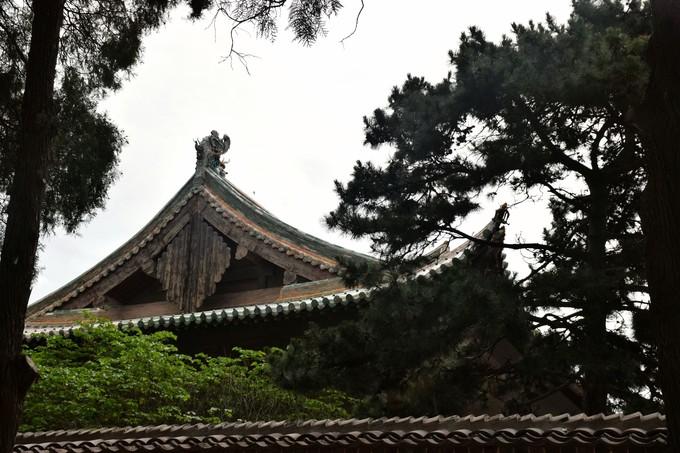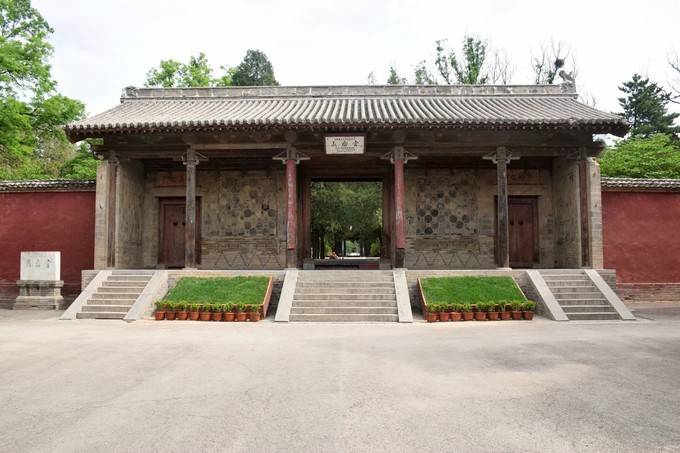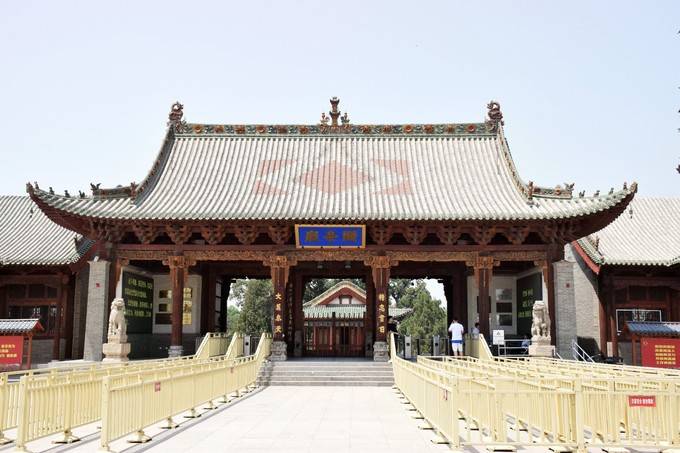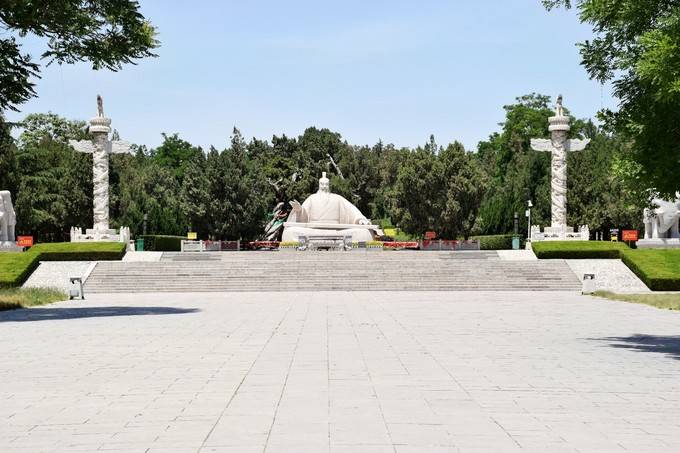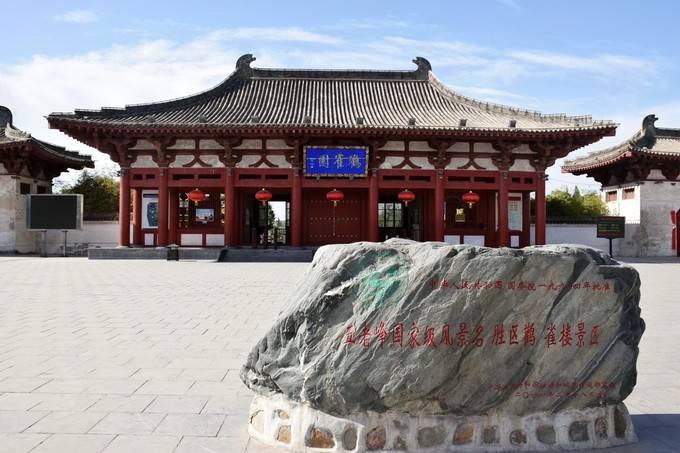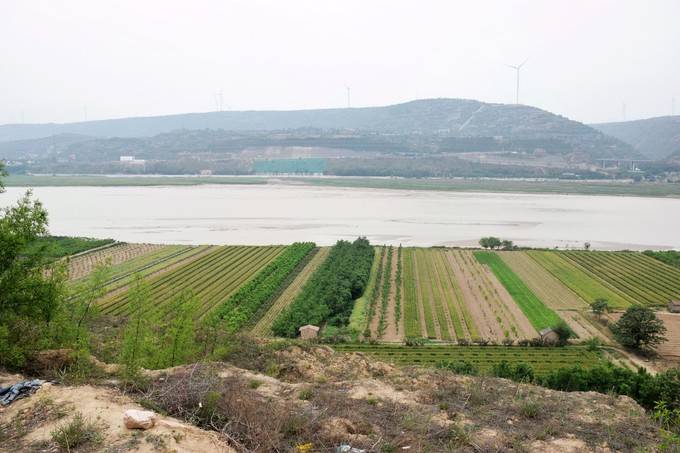Yongle Palace, originally built in the Yuan Dynasty, is a Taoist temple constructed to commemorate Lü Dongbin. It took 110 years to complete. Originally named Dachunyang Wanshou Palace, it is the earliest, largest, and best-preserved Taoist temple in China. Yongle Palace is renowned throughout China and the world for its exquisite mural art, magnificent palace architecture, remarkable relocation project, and unique Taoist culture.
It is the earliest, largest, and most complete Guandi temple and palace-style Taoist architecture existing in China, known as the 'Ancestor of Guandi Temples' and 'Crown of Martial Temples'.
According to stone tablets and historical records, the Shun Emperor's Mausoleum was first built during the reign of Xia Yu, and the temple was constructed during the Kaiyuan era of the Tang Dynasty. The existing buildings are from the Yuan, Ming, and Qing dynasties. The current Shun Emperor's Mausoleum and Temple scenic area is arranged along a central axis over a length of more than one thousand meters from south to north, including Shun Emperor Square, Shun Emperor Avenue, Ancient Cypress Square, Intertwined Sacred Cypress, Ceremonial Gate (Mountain Gate), Offering Hall, Worship Hall, Mausoleum Mound, and Imperial City. The layout is grand and majestic.
Yuncheng Salt Lake
As one of the world's three major inland sodium sulfate salt lakes, Yuncheng Salt Lake has a salinity similar to the Dead Sea in the Middle East and is known as the 'Dead Sea of China'. The development of Yuncheng Salt Lake by ancient people can be traced back to four thousand years ago, with legends stating that the 'Yellow Emperor fought Chiyou' tribes battled for control of the salt lake.
Guanque Tower
Located in Puzhou Town, Yongji, it was first built in the Northern Zhou Dynasty and went through the Sui, Tang, Five Dynasties, Song, and Jin Dynasties. It was destroyed by war in the Yuan Dynasty and later became rare to see due to the flooding of the Yellow River. The current Guanque Tower is a reconstruction in the Tang style completed in 2002. Famous for Wang Zhihuan's timeless poem 'Climbing Guanque Tower,' it embodies the sentiments of ancient scholars and poets. Nowadays, the scenery of Guanque Tower is plain, with no ancient relics to be found, only the nostalgic view from the tower.
Fenglingdu Town
The name Fenglingdu is said to originate from the tomb of Nüwa located here. Nüwa's surname is Feng, and because there is Nüwa's tomb southeast of Zhao Village near Fenglingdu, it is called Fengling.
